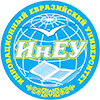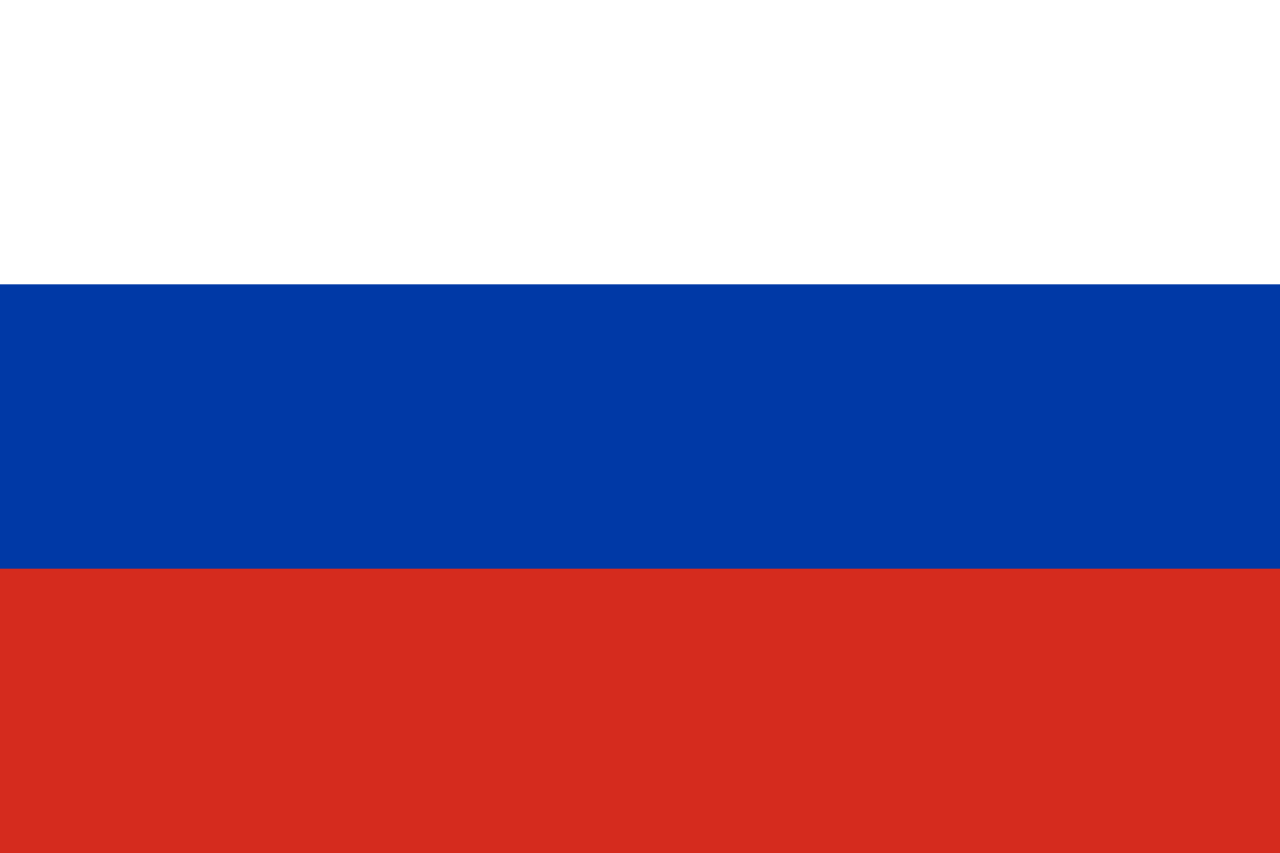Annotation:
In the context of a rapidly growing elderly population, one of the key priorities is the
development of specialized food products that support health maintenance, prevent age-related
diseases, and provide physiologically adequate nutrition. The aim of this study was to develop a
gerodietetic meat semi-finished product technology using plant-based ingredients-bulgur flour and
zucchini-known for their high nutritional and biological value. Three formulation variants were
developed, differing in the percentage ratio of animal and plant-based raw materials. The samples
were evaluated by sensory analysis using a scoring system (appearance, color, smell, taste, texture)
and by determining the chemical composition of the optimal variant. The results showed that the
inclusion of plant ingredients improves the sensory qualities of the product, reduces fat content, and
increases the levels of dietary fiber, vitamins, and minerals. The best performance was observed in
sample No. 2, containing approximately 20 % plant additives. The proposed formulation offers an
optimal balance of sensory and nutritional properties, making it suitable for implementation in the
production of gerodietetic meat products. Given its balanced composition and high consumer appeal, it
is also appropriate for use in institutional catering systems and in the production of functional foods
targeted at elderly nutrition.
Year of release:
2025
Number of the journal:
2(98)
Heading: Technical sciences and technologies

 English
English Русский
Русский Қазақ
Қазақ